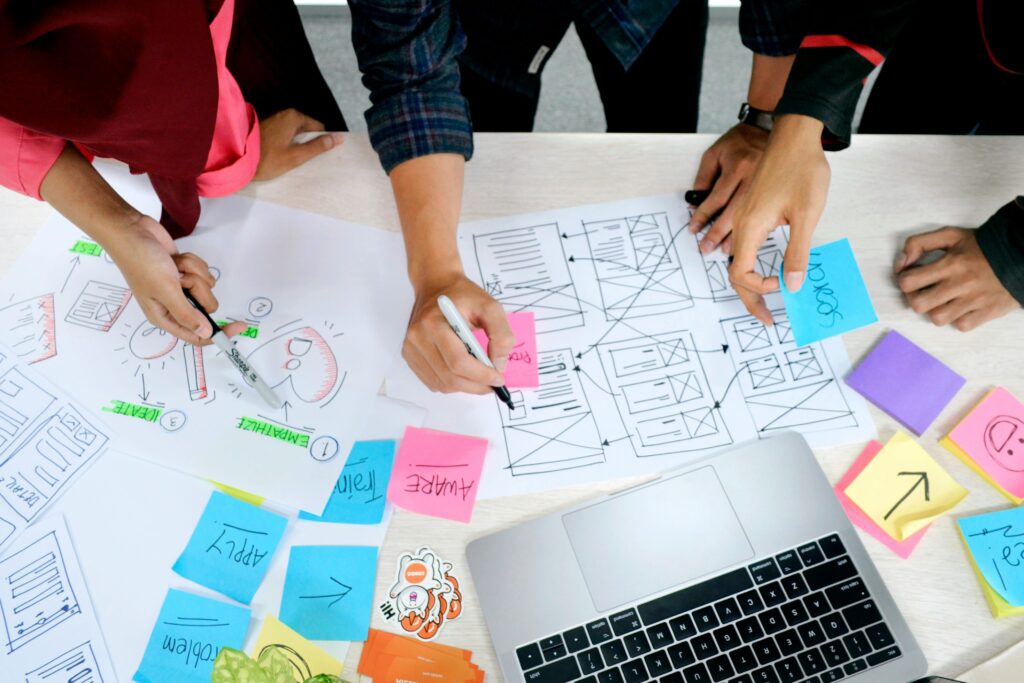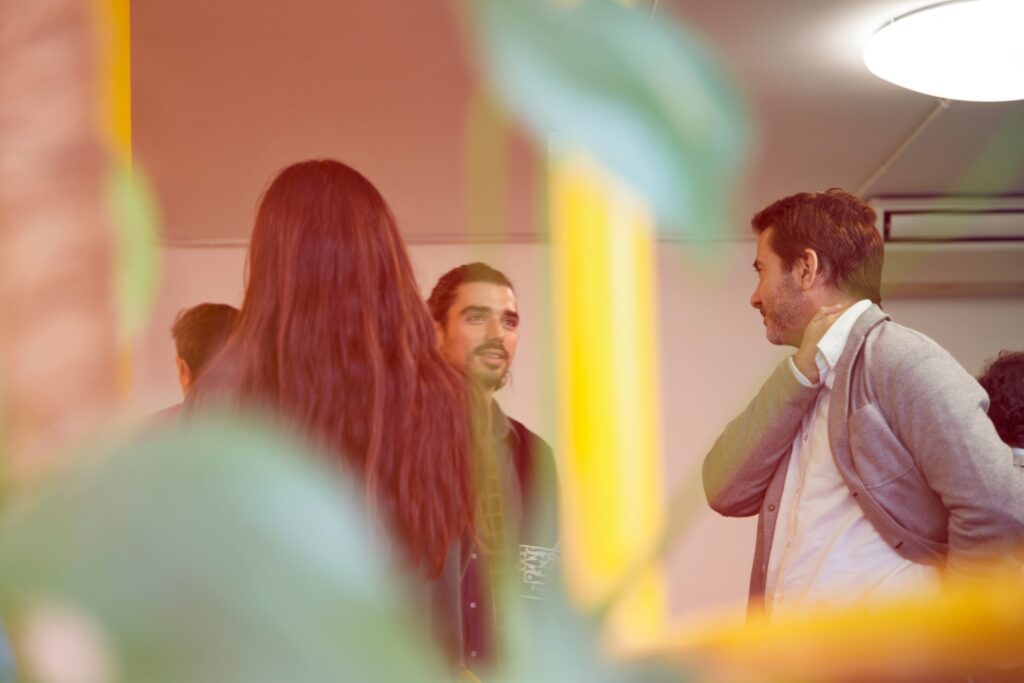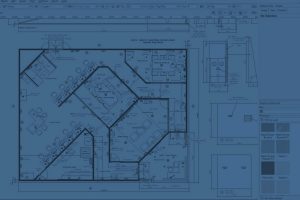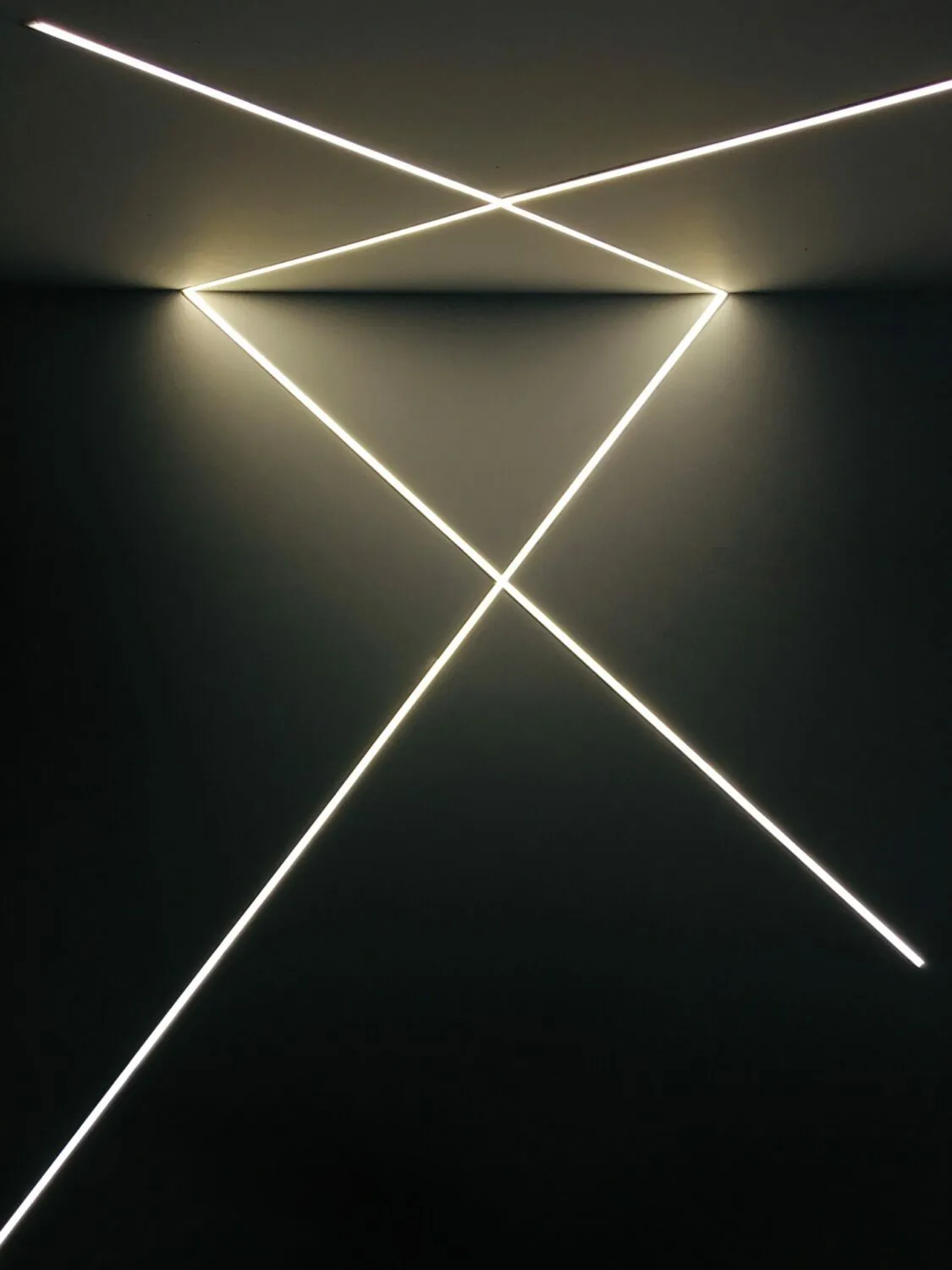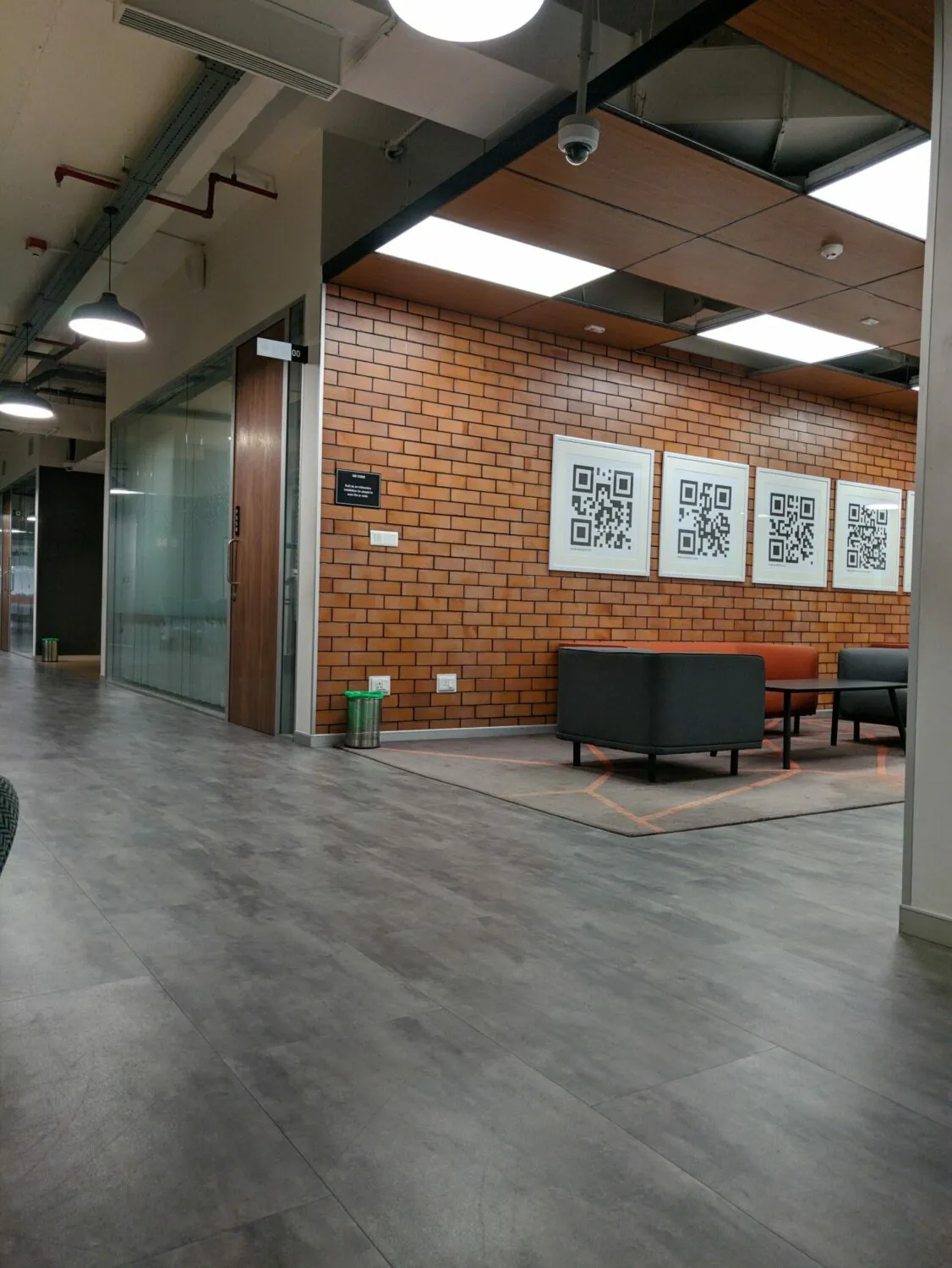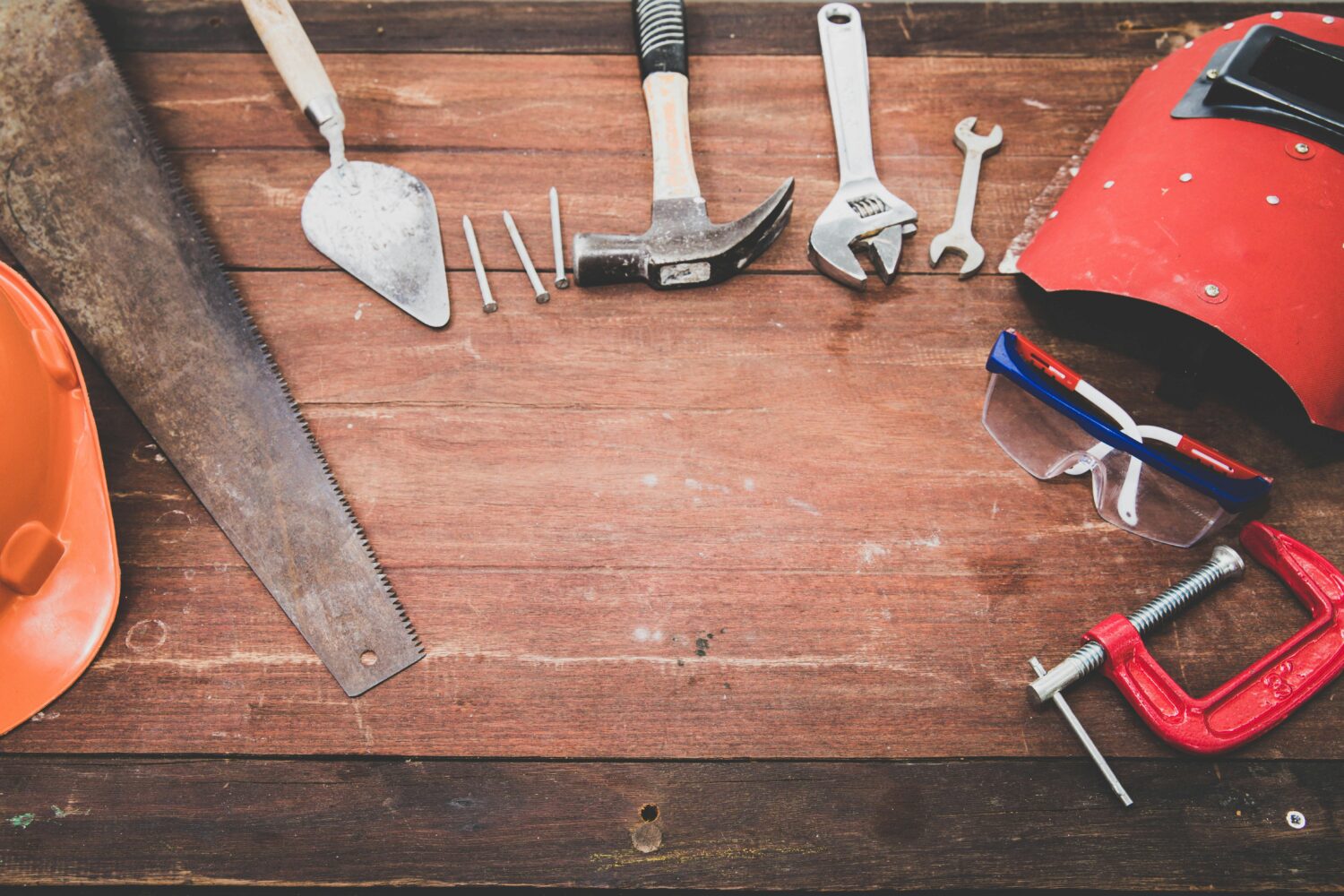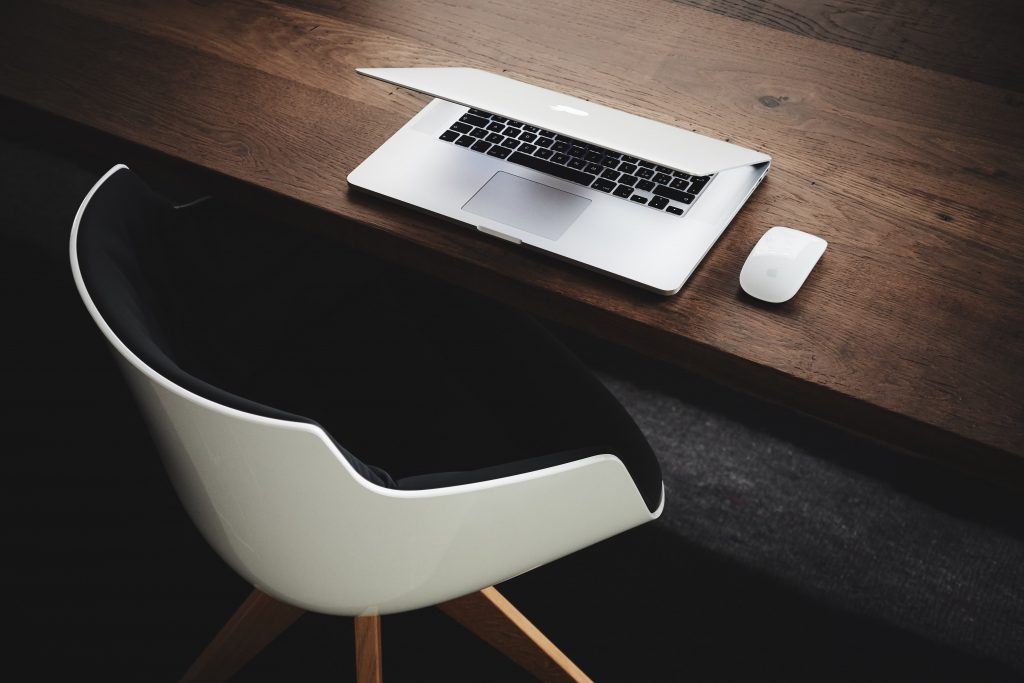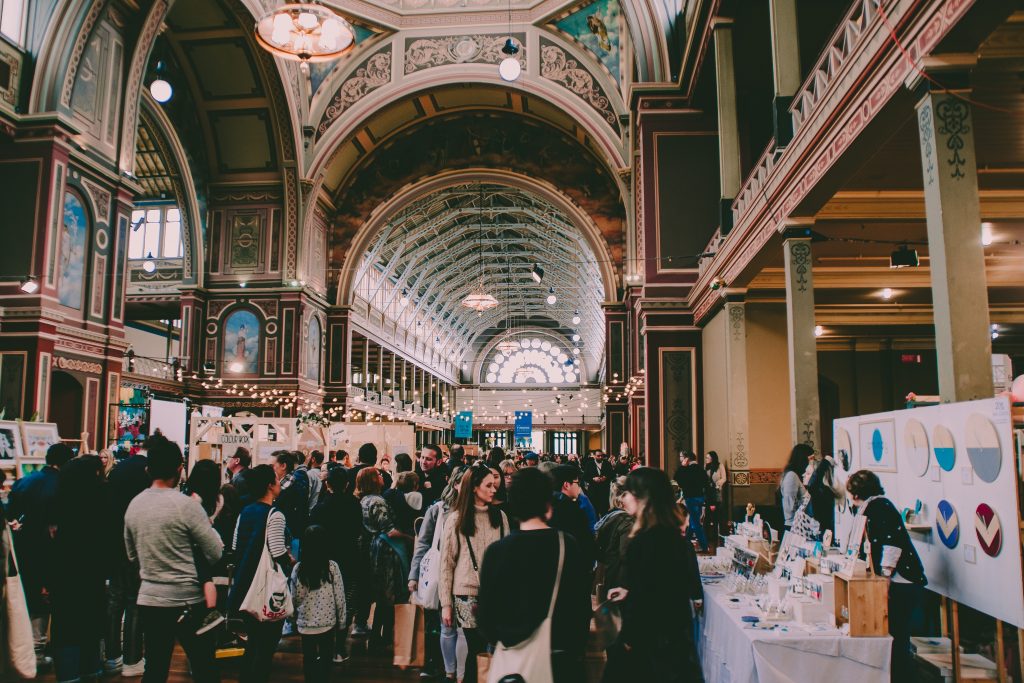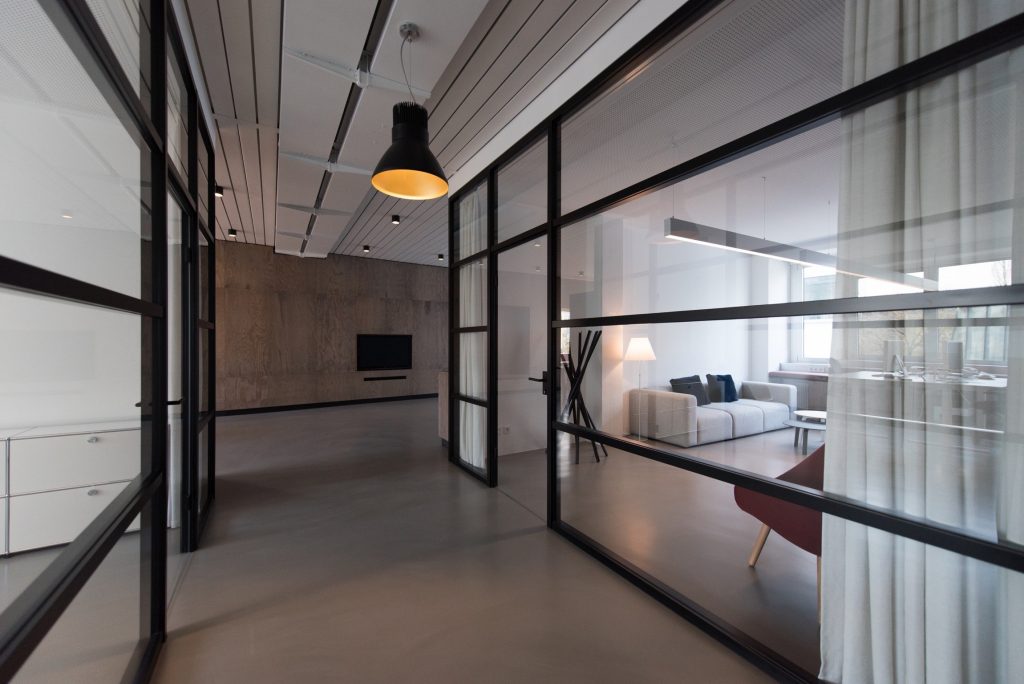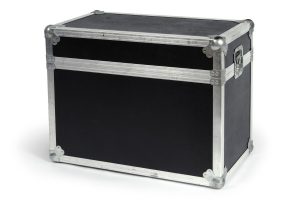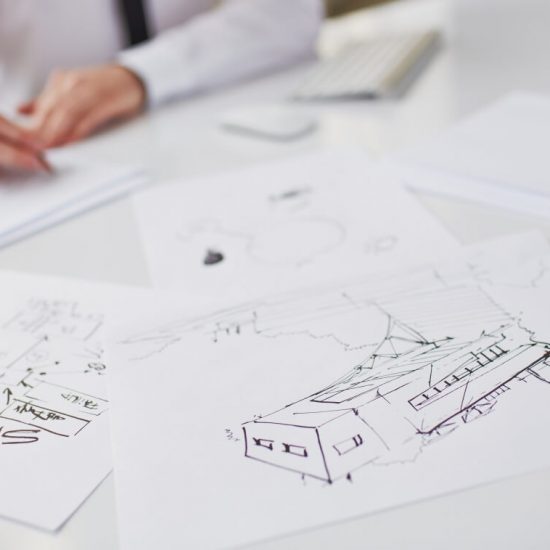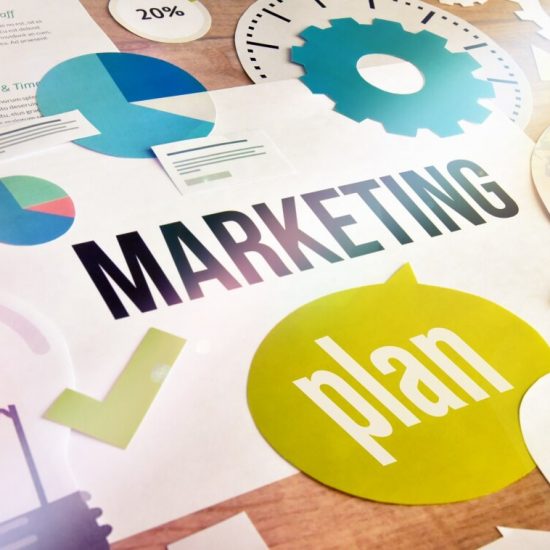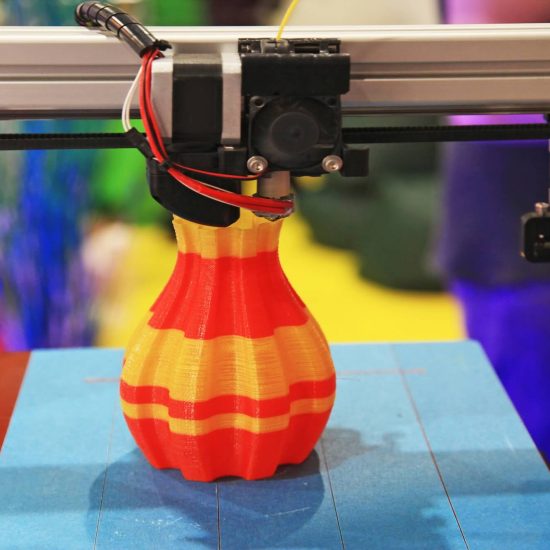Why have an exhibition stand?
You could describe an exhibition stand as your company’s stage at a trade show, expo or fair. It’s more than just a space – it’s a living, breathing, and hopefully captivating presentation area designed to draw in passers-by so they engage with you. For that reason, they should serve as a physical representation of your company’s ethos, so potential customers know what they’re dealing with before they step inside.
Events vary widely in scale, from local trade shows to international expos. Each event type comes with its own set of expectations and opportunities. Whether it’s showcasing cutting-edge technology at a digital fair or displaying artisanal goods at a craft show, understanding the nature of such events helps tailor your exhibition stand to maximise impact.
If you’re looking for compelling reasons why an exhibition stand would work for you (or, indeed, why you might cope perfectly well without one), please read our article called “10 reasons why your business needs an exhibition stand”.
Deciding on the type of exhibition stand
Choosing the right exhibition stand isn’t just about personal preference. It’s about aligning the stand type with your brand’s identity, event goals and logistical requirements. The whole concept should be thought of as an investment in your business, so should be approached in a rational, almost scientific, way if you are to maximise your return on it. A key decision right at the start is the type of stand you are choosing. There are primarily three types of exhibition stands to consider: modular, custom-built and portable.
- Modular stands offer maximum flexibility. They consist of interchangeable components, allowing you to adapt the stand’s design, shape and size for different events. These stands strike a balance between customisation and simplicity. They’re ideal for companies planning to exhibit frequently but who aren’t looking for a fully bespoke solution. Modular stands also let you add parts over the years, for example to include a new technology or add a private one-to-one space. The existing components can be used over and over again, saving money in the long run.
- Custom-built stands are for those who want their exhibition presence to be utterly unique. These stands are crafted from scratch to meet your precise specifications, ensuring that every element reflects your brand’s personality and the purposes of the exhibition. You might also need a custom-built stand if you’re exhibiting in an unusual space, with unconventional ceiling heights, footprints or other technical restrictions. While more costly, they can be highly effective for making a memorable impact.
- Portable stands are lightweight and designed for ease of transport and setup. Often used by small businesses or those with tight budgets, they’re perfect for minor events where you still wish to maintain a polished appearance. This can be anything from a simple pop-up banner or small booth to a lightweight space designed to be carried by a small van or even in the back of a car. They can still be impactful with the right design considerations.
When choosing, think about the frequency of your exhibitions, your brand messaging and, crucially, your budget. A well-chosen type of stand should serve both your current exhibition needs and future aspirations. For more information on the types of stands, read our insider’s guide on the types of exhibition stands.
Determining the size of your stand
Once you’ve decided on the type of stand, the next critical factor is its size. The space you occupy can significantly influence foot traffic and engagement levels, so getting it right is key.
Begin by assessing your exhibition goals. Are you launching a new product that requires demonstration space? Do you need a private area for confidential discussions? Balance these needs with the practical limitations of your budget and the event’s size constraints.
Standard stand sizes might range from 3×3 metres for a compact presence to expansive units stretching over several dozen square metres for those with more substantial requirements. A larger stand is not only more visible but can also engage more attendees simultaneously, with interactive elements or multiple discussion areas.
Be mindful of the correlation between stand size and staffing needs. A larger space usually means you’ll need more team members to manage, interact and secure the stand effectively. Ultimately, your choice should reflect a strategic decision that enhances your exhibition objectives.
There’s a wealth of information about the size of your stand in our article “The complete exhibition stand size guide”. It’s well worth delving into this key factor as it will influence all the design decisions that come after it.
Selecting the right style and design
Now that you have type and size down, the fun part starts. That’s because it’s time to breathe life into your stand with a style that reflects your brand and resonates with its visitors. The aesthetic choices you make now will influence how your brand is perceived and remembered.
Every element of your design, from layout to colour scheme, should echo your brand’s ethos. A consistent colour palette and compelling graphics are key to reinforcing brand recognition. It is therefore essential to use high-quality visuals that attract and inform visitors at a glance, ideally from the other side of the exhibition space.
Modern exhibition trends lean towards minimalist, clean designs, interactivity, and eco-friendly options. But that doesn’t mean you won’t benefit from bucking the trend. Interactive elements, such as touch screens or product demos, increase engagement and time spent with your team. Anything that gives visitors a reason to linger longer is gold dust in the exhibition space, especially if you have sales staff on site. Remember, your stand is a dynamic environment – its style should invite exploration and conversation, not just admiration (although that’s always nice!).
Meanwhile, a sustainable design not only attracts eco-conscious attendees but also enhances your company’s reputation for social responsibility. Consider incorporating innovative materials like recycled signage or reusable banners that reflect an environmental commitment, and make sure you advertise the fact.
Creating a mockup for your stand
After all the preparatory work detailed above, you can now get down to the important part – creating the mockup itself. The point of a good mockup isn’t necessarily to create the final design on your first attempt – its primary role should be to assist in refining your design. Creating this 3D visualisation of the design makes it easier to identify potential issues such as choke points or power supply problems and zero in on the details.
There are several tools and software packages available that help you with the task. If you’re tech-savvy, programs like SketchUp let you make intricate 3D mockups that really give you an idea of how the stand will look and feel. For those less inclined towards technology, drafting a basic sketch might suffice to get an idea for the layout and flow.
Incorporating stakeholders and team members in the mockup stage always helps. They may provide insights you hadn’t considered and bring a collaborative approach to the exhibition stand design. This collective input makes sure the stand not only looks great, but also meets the practical needs of everyone involved in actually running it away from the safety of the office or factory.
There’s nothing wrong with constructing a working model out of cardboard, wood and plastic. We should point out that it’s a lot harder than it looks, though – this is no Airfix kit! You’ve got lighting, miniaturised graphics and furniture to consider if you want to get an authentic impression. And since the point of the mockup is to refine the design, you might find yourself making fiddly alterations when you do identify issues.
There are professional mockup model-makers who can take your designs and make them into small-scale versions of the real thing. Just make sure you’ve done as much refining as possible on paper and digitally before you hand them the brief.
The key takeaway is that a mockup exists to experiment and explore different configurations without commitment. It’s a valuable process that can save time, reduce costs and enhance the overall success of your stand at the exhibition.
Budgeting and planning
Creating an exhibition stand that captures your brand’s voice and attracts visitors needs a well-considered budget. Your mockup will be instrumental in helping you and third parties estimate costs. Planning this from the outset ensures you allocate resources effectively, balancing quality and cost to achieve your goals.
Begin by outlining all potential expenses, such as design, construction, graphics, transportation and staffing. Exhibition space rental and setup/deconstruction costs are also crucial components of your budget. When estimating these costs, try to build in a buffer for unforeseen expenses that can arise from last-minute design changes or logistical challenges.
Consider the return on investment your exhibition aims to achieve. Whether it’s generating leads, increasing brand awareness or launching a new product, your budget should reflect the importance of these goals. For instance, invest more in a custom-built stand if your priority is substantial brand visibility and impact.
Timing is another critical planning factor. Ensure sufficient lead time for design iterations, material procurement and stand construction. Ideally, begin the planning process several months ahead of the event to accommodate these stages comfortably.
Working with a professional exhibition stand designer
Engaging with a professional stand designer is often beneficial, particularly for first-time exhibitors. Stand experts like Focal Exhibitions bring invaluable experience and creativity to the table, transforming your brand vision into a tangible exhibition success.
When collaborating with professionals, clearly articulate your goals, budget constraints and brand identity. Sharing a comprehensive brief allows their designers to create a stand that is both functional and aesthetically sound. Maintain open communication throughout the process – this could be a relationship that lasts for years, so start as you mean to go on.
The expertise of professional designers extends beyond aesthetics. They know everything about logistical challenges and can plan effective layouts and ensure compliance with venue requirements. This expertise leaves you free to focus on other exhibition aspects, safe in the knowledge that the design and setup are in capable hands.
Conclusion
We hope this article will prove useful to anyone embarking on their first exhibition. The mockup plays an essential part in making sure you’re as confident as you can be about how your stand will look, feel and operate in the live environment.
The key thing is that it’s a cheap way of getting to grips with the design. When you use digital design software, the only costs are the software and the time spent refining the design. That compares favourably with commissioning and using a stand that doesn’t quite meet its own brief in the chaotic exhibition environment.
Also, mockups allow you to go into as much detail as your time and budget allow. You could just mock up the walls and floor area to make sure the stand is accessible and functional. But for the full effect, you can incorporate graphics, lighting, furniture and even textures into the mockup, which gives a more rounded and complete sense of how your stand will feel and function.












